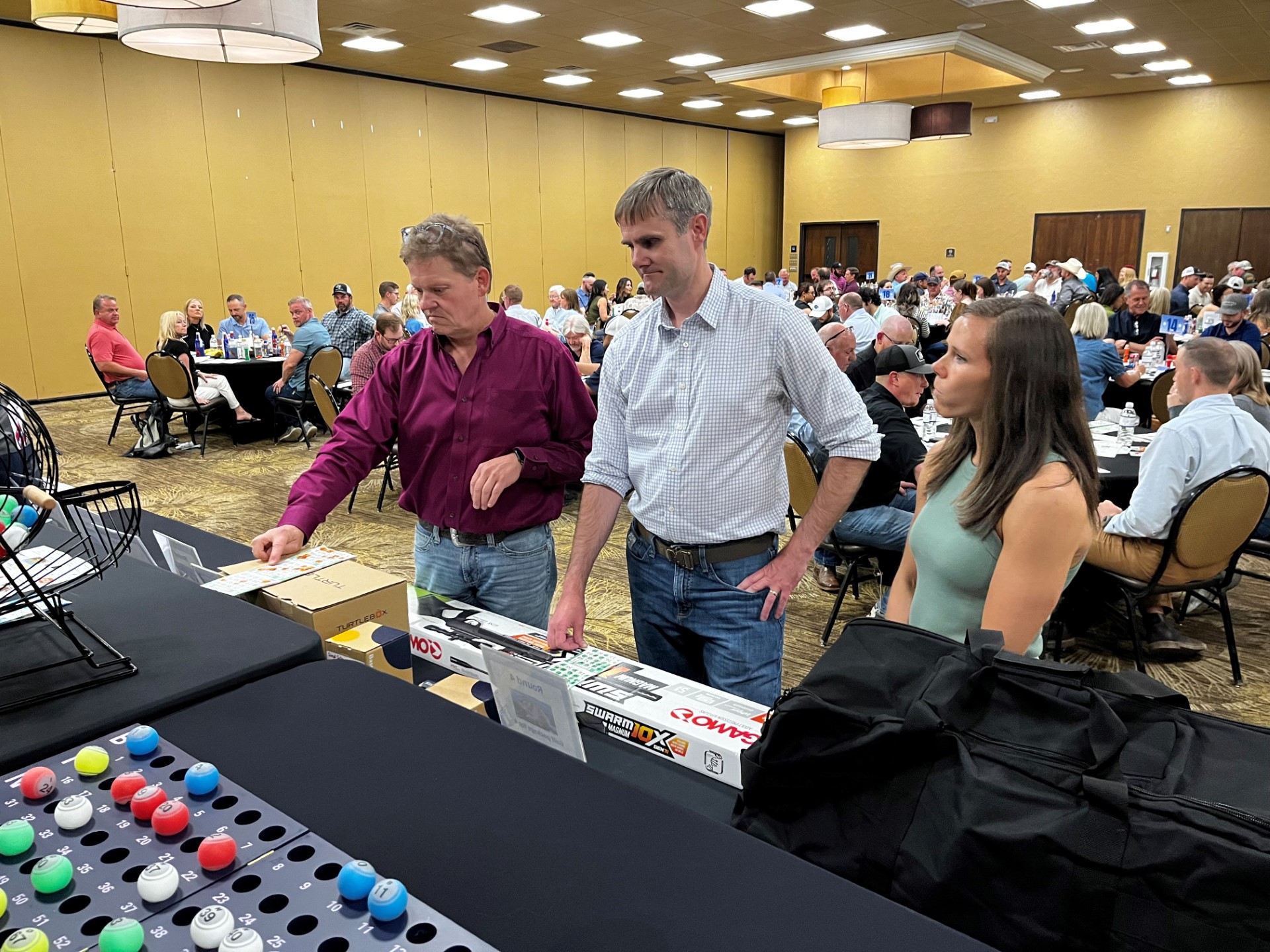Predator Control vs Predator Avoidance by Mario Villarino

[adning id=”33097″]
As I was writing this piece, I recalled a recent interesting phone call of a small acreage rancher with Dorper sheep. His problem was having his sheep attacked by something, he did not know what. I had my own personal experience with a similar situation. Not too long ago, I have seen ordinary domestic dogs attacking young livestock. For some reason, nature triggers the predator mechanism in domesticated dogs when baby small goats or sheep are new born, or just “new” to the neighborhood. In my experience, this is not really a hunger response, but a predator response mechanism. One day, not too long ago, one of my south-african boer nanny delivered a baby buck. Just as any other baby goat, the buckling was responsive and loud. It was not too long before the neighbor hound was attracted to the baby buck. One afternoon, as I was grilling dinner, the “otherwise” friendly hound made the move and decided to attack the newborn buck. As I was witnessing the scene, almost in slow-motion, I recognized the potential outcome and I was put in a strange situation of having to make a decision quickly. I personally had no problems with the hound before, having played with him around my family and seen him “barking away” strangers passing by, wagging his tail. The hound was not aggressive towards me but was in a mind-set of taking the baby buck down. After inflicting several wounds to the baby buck, the hound left the scene as I jumped into the fenced area retrieving the wounded baby buck. Upon examination, I noticed several wounds in the neck and front and back arms. Promptly my wife and I attended the wounded buck and decided to sedate the animal. The baby buck was sedated, wounds were repaired but even after 45 minutes of care we lost the baby buck of “post-traumatic stress “ in our back porch. Post-traumatic stress disorder is a well- known human medicine term used to determine the effect of stress in humans after traumatic situations. A similar term has been used to define stress response in animals in long term traumatic situations but our understanding of similar disorders is not reported in farm animal veterinary medicine, possible because most cases are not reported or hard to evaluate, since veterinary care is not provided or the cost of care is too high compared to the value of a young animal (Who in the right mind will pay two veterinarians to do surgery for 45 minutes to save a baby goat, wright?). Losses to the ranchers are economic losses, regardless of the cause. Upon reflection of the situation, and after my initial frustration passed, I was in the dilemma of having to talk to my neighbor about his beloved hound, putting fences up or getting a guard animal. After careful consideration, my family decided not to breed goats anymore, sale the goats, buy some steers and try to return to a friendly neighborly country life as quickly as possible. We still remember, several month after the incident, watching “good old Max” old hound wagging his tail as he “protected us” barking to the post man, delivery personnel or any other vehicle just passing by and me going back to grilling but this time, cooking home-grown steaks.
[adning id=”33207″]
[adning id=”33207″]











